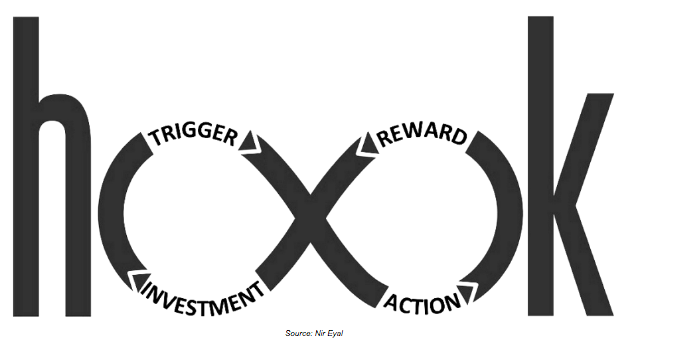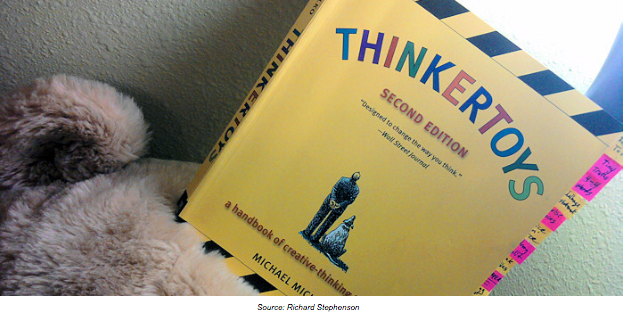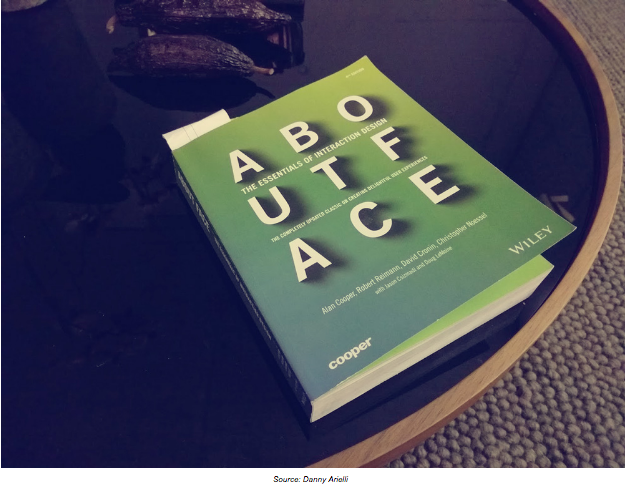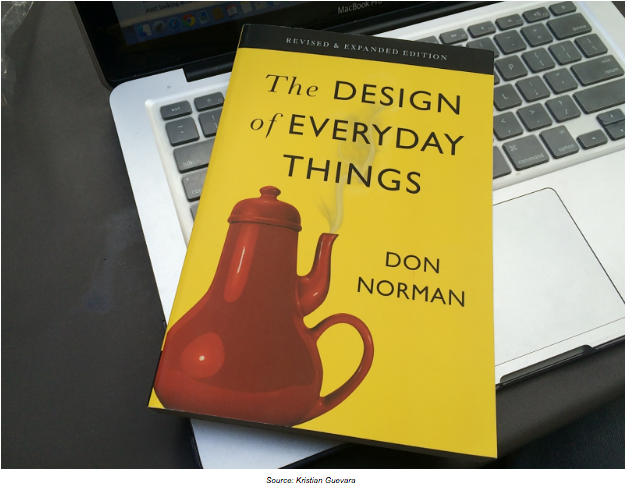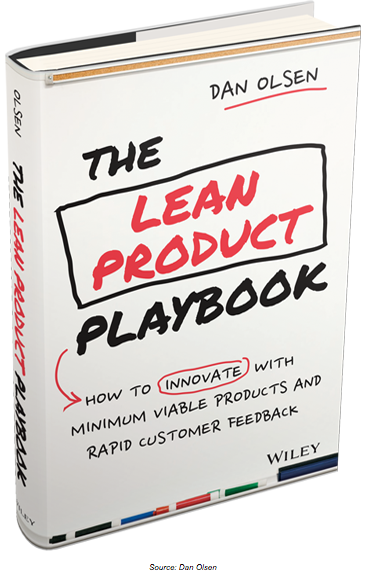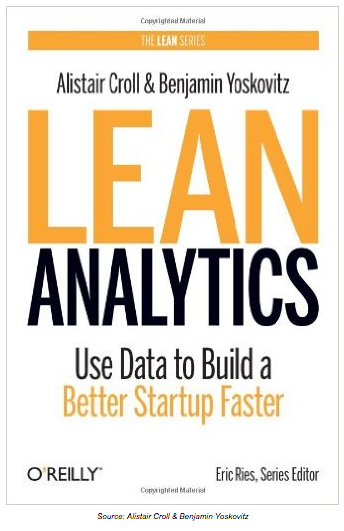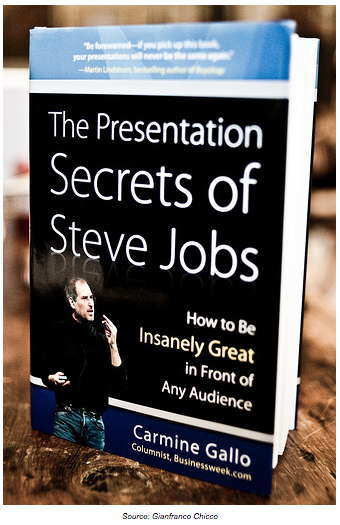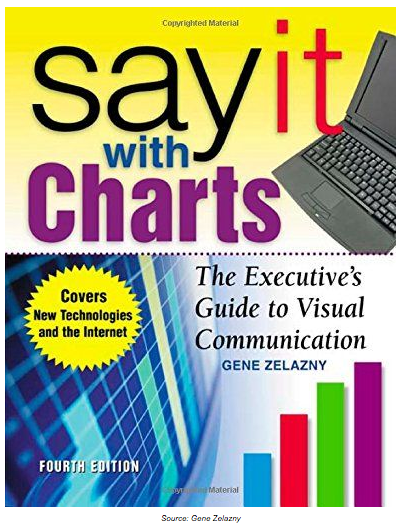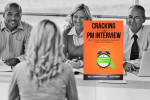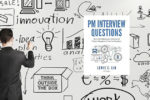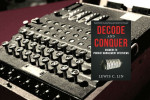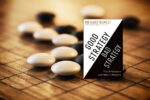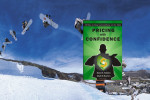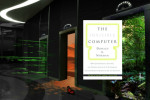Lewis Lin’s Favorite Books for PMs

The product management interview process is intimidating because it tests your expertise and domain knowledge in many different areas. I asked Lewis C. Lin, the author of PM Interview Questions, about his favorite books for expanding a product manager’s skill set in the following areas:
- Product design
- Customer analytics
- Executive communication
- User and customer empathy
- Product management process
Hooked: How to Build Habit-Forming Products
by Nir Eyal
IDEA: How do you create a product that constantly engages the customer? A product that surpasses its competitors? A product that’s enduring and memorable? The solution is to develop an emotional ‘hook’ that fundamentally changes user behavior. By doing so, your product becomes part of your customers’ habits and daily routine.
ACTION: Put yourself in the customer’s shoes; find how to solve problems with your product or service. Create a trigger that tunes into their internal motivations and offer variable rewards. Finally, let them customize your product, through personalization, so that they’re more likely to re-engage in the future. Repeat this cycle, and you’ll get them “hooked.”
Thinkertoys: A Handbook of Creative-Thinking Techniques
by Michael Michalko
IDEA: We have all been stuck on a problem that prevents us from succeeding in our business, our careers, or our personal lives. Transform yourself into an ‘idea person’ by looking for inspiration with everyday activities and creative-thinking exercises. Overcome your fear of failure, identify your challenges, and defy traditional conventions.
ACTION: Read and analyze interesting books, newspapers, advertisements, or anything new you come across. Capture and log these observations into your idea bank. When faced with a problem, start breaking it down into parts. Find the solution to the smallest component, then work your way up. Don’t be afraid to start from scratch, adapt observed ideas, and use the Thinkertoys frameworks to unlock your imagination.
100 Things Every Designer Needs to Know about People
by Susan Weinschenk
IDEA: How do you design a product that grabs and holds your users’ attention? Every designer wants to tap into human behavior and guide how people work and play. The secret: find out what makes your users’ ‘tick’.
ACTION: Make product design decisions using design principles, proven by research studies. Users often make decisions based on unconscious motivations and observations. Design around the illusions of choice, facial cues, and predictable aesthetics. Breathe human-to-human interaction in your product by letting it have a story. And most importantly, connect to the user on an emotional level.
About Face: The Essentials of Interaction Design
by Alan Cooper
IDEA: About Face is the book that pioneered the new field of interactive design. Cooper argues that the cardinal principle of interactive design is to find what makes users happy. Happy users mean better sales and product upgrades. The only way to achieve this vision is to make designers responsible for customer experience and satisfaction.
ACTION: Create user personas and outline your customers’ desires, motivations, and goals. Separate design from programming and focus on the vision, rather than using existing mechanical frameworks. Conduct user research in real-time environments, and gauge your customers’ behavior. Eliminate probing questions and error messages; no one wants to use a program that makes them feel responsible for its faults.
The Design of Everyday Things
by Don Norman
IDEA: Design revolves around the understanding of people. User error is really a design fault, especially for products that are used every day. A product’s design should also explain itself and provide critical insight into its use in the world. Remember, everyday products immediately understand a user’s mindset.
ACTION: Assume any error is possible. Minimize the chances of those errors and its potential consequences. Understand the constraints of your product. Standardize. Most importantly, prioritize usability and sustainability over aesthetics.
The Lean Product Playbook: How to Innovate with Minimum Viable Products and Rapid Customer Feedback
by Dan Olsen
IDEA: The Lean Startup movement generated new and valuable ideas in product development. However, few companies have successfully implemented Lean. Olsen argues that high-level concepts and familiarity with Lean will not result in true success in the startup world. Instead, a more specialized approach is needed for success. He convincingly argues that his Lean Product Process is the best playbook available today.
ACTION: Follow the Lead Product Process: a repeatable methodology that allows you to iterate your MVP to product-market fit. It starts with identifying your target customers and their needs, creating a winning product strategy, and designing an MVP. Afterwards, test your MVP with potential customers and iterate rapidly.
Lean Analytics: Use Data to Build a Better Startup Faster
By Alistair Croll and Benjamin Yoskovitz
IDEA: Instead of optimizing your startup with traditional analytics, Croll and Yoskovitz argue that you should focus on the One Metric That Matters (OMTM) right now, which accounts for the stage of of your startup’s growth, the business you’re in, and your audience. By paying attention to the key metric appropriate for your startup’s growth stage, you can simplify and be more efficient.
ACTION: Stop settling for being data-informed. Instead, be data-driven. Using the OMTM will allow you to make decisions that influence your company’s growth. Lastly, the OMTM can create awareness on when your business has changed course, so you can make the appropriate decisions.
The Presentation Secrets of Steve Jobs: How to Be Insanely Great in Front of Any Audience
By Carmine Gallo
IDEA: Evocative and moving presentation skills are necessary and learnable for every great product manager. There’s no better role model for presentation skills than Steve Jobs’ wildly popular presentations. Gallo breaks down the essential components of Jobs’ speeches, offering a step-by-step guide to better speaking techniques.
ACTION: Take heed of great speakers and their presentation tendencies. Follow the path set by presenters like Steve Jobs, making an effort to speak effortlessly. Implement techniques that include exploiting the stage and props, developing a strong sense of purpose, and revealing a “Holy Sh*t” moment.
Say It With Charts: The Executive’s Guide to Visual Communication
By Gene Zelazny
IDEA: Thanks to PowerPoint and Excel, charts are the de facto method for communicating ideas and numbers. Follow Gene Zelazny’s guidance, a former McKinsey visual communications expert, on how to best communicate your ideas using PowerPoint.
ACTION: Learn when and how to use different kinds of charts – pie, dot, line, bar, etc. – to enhance your visual communication skills. Thanks to Zelazny’s guidance, you’ll no longer use a pie chart when a bar chart is more appropriate.
Blog post submitted by Lewis C. Lin. Thank you to Joseph Watabe for critical help, including research and the initial first draft. And a thank you Daanish Khazi for reviewing early drafts.
LEWIS C. LIN is CEO of Impact Interview, an interview coaching firm. Lewis was named by CNN as one of the “top 10 job tweeters you should be following.” He has also been featured on FOX, ABC News, San Francisco Chronicle, The Atlantic, The Telegraph, and Business Insider.
